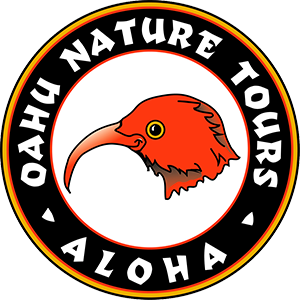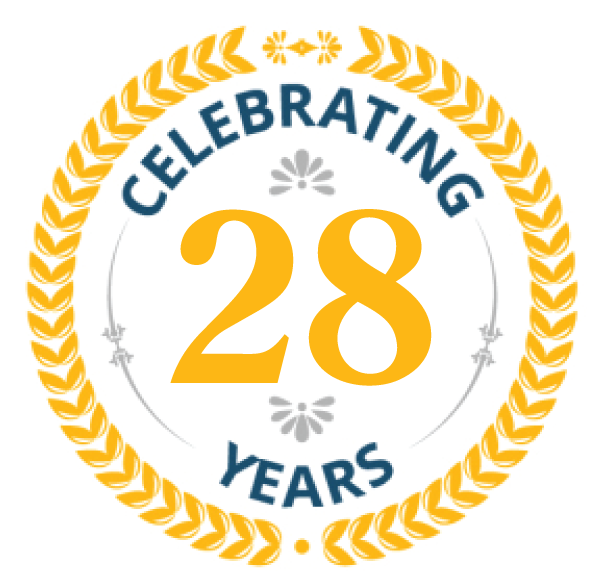 Conservation Mission in Hawaii
Conservation Mission in Hawaii
Oahu Nature Tours’ mission in Hawaii is “Conservation through Education.” We strive to educate the public about the importance of protecting the biodiversity of our planet. More specifically, we focus on the vulnerability of the Hawaiian Islands. Conservation efforts are imperative in Hawaii, which is the extinction capital of the world.
Oahu Nature Tours was established in 1995 by Michael Walther.
Arrival in Hawaii
Michael Walther was born in Cleveland, Ohio and raised in Los Angeles, California. He first visited Hawai’i in December 1972 for several months. In 1980, he moved to Kaua’i. While living in Poipu Beach, he became interested in the native honeycreepers that survived in the remote Alaka’i Wilderness. With a friend, he visited the swamp-like area and attempted to see the rare O’o, Akialoa, O’u, Nukupu’u, Puaiohi and Kamao. Unfortunately none of these endangered species were found. Nevertheless, he was able to observe the beautiful I’iwi, Apapane, Amakihi, Anianiau and Elepaio.
In November of 1980, Michael returned to the mainland. For the next 15 years he lived and worked in California. However, the memory of the colorful and disappearing honeycreepers stayed with him.
Education and Conservation Efforts
During his last year in college, the plight of Hawai’i’s native birds became the focal point of Michael’s research. As a result, he chose to return to Hawai’i, “The Endangered Species Capital of the World.” In 1994, he arrived in Hawaii to study the birds and do what he could to help them survive. Consequently, for three months, Michael surveyed the native forest bird populations on Kaua’i to determine their status. Furthermore, his results were published in the Journal of the Hawaiian Audubon Society, Elepaio. He, then, returned to California to earn his degree.
Michael arrived on Maui after graduating with high honors in March of 1995. Upon completing his Anthropology and Environmental Studies, he went to work as a volunteer for The National Biological Survey. Additionally, Michael worked on a project studying several of the rarest birds on Earth. These included: Maui Akepa, Maui Nukupu’u, Po’ouli, Maui Parrotbill and the Crested Honeycreeper. He worked on a research team that was surveying the wild, wet and windy slopes of the world’s largest dormant volcano, Haleakala. He also participated in distributing poison bait to eliminate the large rat population in the area.
Notable Accomplishments
Michael is also a nature photographer, and by 1995, he had collected a large number of color slides of Hawai’i’s incredibly beautiful natural treasures. Michael is the author of five books on native Hawaiian flora and fauna, including: A Pocket Guide to Nature on O’ahu; Images of Natural Hawai’i; A Pictorial Guide of the Aloha State’s Native Forest Birds and Plants; Pearls of Pearl Harbor and the Islands of Hawai’i; A Guide to Hawai’i’s Coastal Plants and Extinct Birds of Hawai’i, as well as many articles in birding and nature publication. His photographs of Hawai’i’s rare honeycreepers have also appeared in “Hawai’i”, “Aloha”, and “New Zealand Forest and Bird” magazines. On O’ahu, he continued to photograph Hawai’i’s endangered plant and bird species and he studied Hawaiian geology, archaeology, mythology and history.

